When to sow eggplants for growing in Russian regions
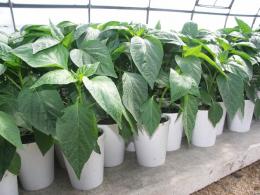
Eggplants, like peppers and tomatoes, belong to the Solanaceae family and are quite heat-loving plants. It is impossible to grow them without first sowing seeds for seedlings in most regions of Russia. Since the period between seed germination and harvest exceeds four months for most varieties.
In addition, eggplants begin to grow only at certain soil and air temperatures, with sufficient sunlight. If you sow them directly into the ground, you will have to do this no earlier than the beginning of June; the seeds will sprout. But they won’t have time to produce a harvest. To do this, you need to worry about the seedlings and the timing of their sowing in advance. When to sow eggplants for growing through seedlings depends on the variety and weather conditions of the region. But there are general recommendations.
Content:
- What do you need to know to sow on time?
- Sowing dates according to the lunar calendar
- Features of growing eggplant seedlings
What do you need to know to sow on time?
To decide on deadlines sowing eggplant seeds For seedlings, we first select varieties. Depending on the ripening period, the “little blue” ones are:
- early ripening, harvesting begins three and a half months after germination
- mid-season, can be harvested after four months
- late ripening, will ripen in four and a half months
Therefore, late varieties should be sown earlier than early ripening ones.
The next factor is the presence of a warm greenhouse.If it is possible to grow seedlings in a heated greenhouse, then you can sow the seeds a little earlier and you can do this already in February.
If this is not possible, it is necessary to take into account the timing of planting seedlings in open ground. Otherwise, if sowed too early, the seedlings will “overstay” and stretch out, or will be too small for open ground. All varieties of eggplant are afraid of frost, so we must take into account that late frosts in many regions of Russia can occur not only at the end of May, but also on June 1-5, therefore, it is dangerous to plant seedlings in unprotected soil before these dates.
And since the desired age of seedlings at the time of transplanting to a permanent place should not exceed two months, in most regions, the best time for sowing seedlings is March.
Late varieties It is better to sow in early March, and early ones - in the third decade of the month. Considering that seeds with good germination germinate in 8-10 days, by the time they are planted in the ground, the desired age can be achieved. But here we should not forget about warming up the soil in the beds. If planted in too cold soil, the growth of eggplants will slow down, and the rooting and acclimatization period will increase. For a crop such as eggplant, you need to wait until the soil warms up to +10 degrees. The temperature is checked with an ordinary thermometer, deepened to the length of the roots of the seedlings.
Based on the totality of all these signs, for territories with a frost-free period of 95-110 days, the sowing dates converge in the month of March. If the seeds fail and the seedlings turn out to be unfriendly, you can replant some of them a little later.
Sowing dates according to the lunar calendar
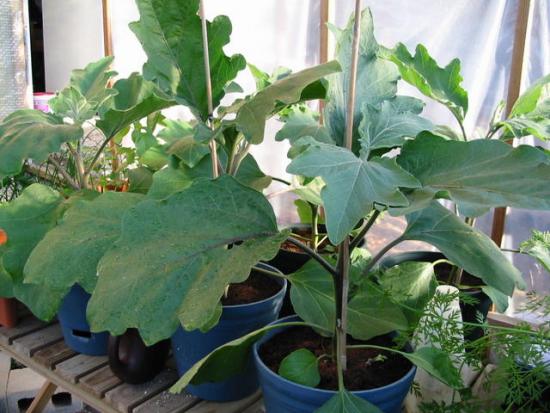
Many vegetable growers are guided by deadlines sowing eggplant for seedlings not only according to weather and climatic conditions, but also according to the lunar calendar. That is, they take as a basis the phases of the moon that are favorable for growing certain groups of plants.
In February and March of this year, the phases of the moon distributed the following favorable dates for sowing eggplant seeds:
- February - 1,10,11,21,22, 27,28
- March - 1,2,3,4, 21,24, 25, 27
If the seedlings have not germinated well, are weak or died for some reason and there is a need for additional sowing, then it is best to do this on March 6 and 31. As a last resort, you can finish sowing in the first week of April.
You can also use the lunar calendar to determine favorable days for:
- soil preparation
- seed preparation
- sowing
- seedling treatment
- picks
- and other agronomic activities
Sowing dates for eggplants in warm areas
It should be said that in the south, eggplant seeds are sown directly into open ground. By stretching the sowing from the end of March to the end of April, selecting varieties, you can get a harvest of fresh eggplants all summer until late autumn. All thanks to the fact that the warm period in the Krasnodar Territory and neighboring warm regions is 180 days and spring frosts rarely occur later than April 10, and autumn frosts earlier than October 10, these areas are most favorable for growing eggplants in open ground.
In addition to the timing of sowing seedlings, the quality of the eggplant harvest is also affected by other factors that should be taken into account when sowing and growing planting material.
Features of growing eggplant seedlings
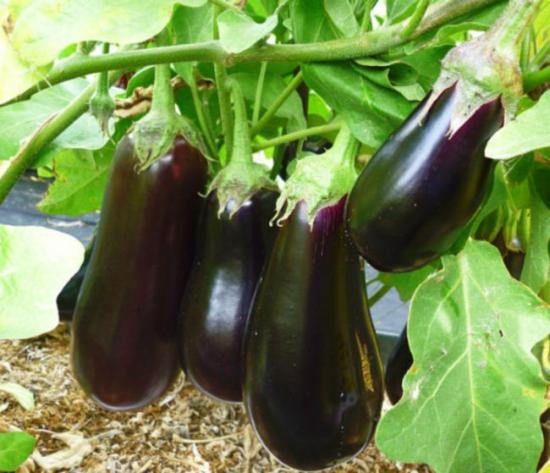
When purchasing seeds, pay attention to the expiration date; if they have been stored for more than two years, their germination capacity will decrease.
If all deadlines have been met and agricultural practices have not been violated, then by the time of planting in the ground, the size of the seedlings should be at least 12-15 cm and no more than 20-25 cm. Each bush should have at least seven well-formed leaves. If suddenly the seedlings begin to stretch upward, then you should reduce their watering and ensure uniform lighting.
Due to excessive humidity and lack of light, seedlings may turn out thin and weak. If for weather or other reasons there is not enough natural light, then you need to use a special lamp.
If the crops turn out to be thickened, then it is better to plant some of the seedlings in other containers. Thickened crops are the cause of many diseases.
To blue seedlings did not die on the first night after planting in open ground, in the last 10 days it must be hardened in the open air. Starting from a few hours to the whole daylight hours, it is necessary to remove the seedling boxes from the room or greenhouse. In recent days, in warm weather, you can leave it overnight. These activities will allow plants to adapt to environmental conditions.
If, nevertheless, the seedlings have stood still and stretched out, then when transplanting into the ground, it is worth pinching off the tops of the longest shoots, and possibly removing the first buds that appear. This will speed up the rooting of seedlings.
If there is a threat of frost, you can organize fumigation of the beds with smoke or cover them with covering materials. Proper sowing of eggplant seedlings will be the key to a good harvest of “little blue” ones in the climatic conditions of most Russian regions.
Eggplant agricultural technology on video from an experienced gardener:
Interesting information about the vegetable garden


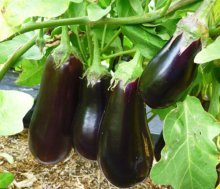
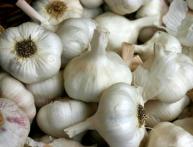



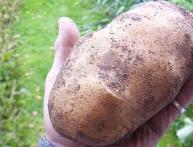



Comments
If only the frost would stop the eggplants. The Colorado potato beetle also loves it very much.Sweeps to the roots and with more appetite than potatoes. Who knows a reliable and environmentally friendly way to get rid of this infection?
For many years now I have been planting a couple of dozen eggplant bushes in May; I most often buy seedlings from different places. I’m not happy with the yield; in July there are big problems with the heat. After digging up the potatoes, all the Colorado potato beetles move to the eggplants. However, if you plant the plant in the ground in April, then there is a risk of their death due to frost.